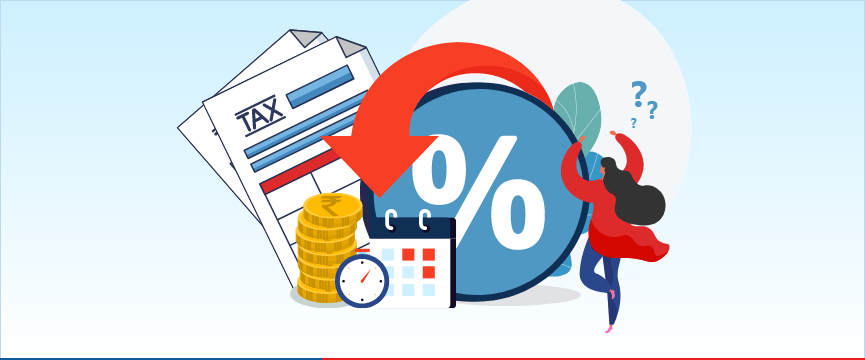Boost Your Wealth and Shield Your Future with HDFC Life Click 2 Wealth.
Dive into Our ULIP Selection

In this policy, the investment risks in the investment portfolio is borne by the policyholder
As a responsible citizen, paying the income taxes is indeed an essential practice. Equally important is utilizing the tax benefit options and saving on the payable amount. Rightly chosen and on-time tax-saving investments can lead to the optimization of exemption and help you save hefty income taxes. But to avail the exemptions and pay the appropriate tax, you need to keep a record of the investments along with proofs & submit such investment proof documents to the employer for granting you the tax benefits. These proofs should also be preserved so that the same can be furnished to the income tax department, if required in future.
It’s therefore important to know what investment documents can be submitted to your employer to help you earn tax benefits. Different investments offer a variety of tax benefits under different sections of the Income Tax Act, 1961.
Here’s a list of the top five categories of investment proof submission documents for your income tax.
To sum it up, to claim and optimize the tax benefits, all you need is to make the correct investments and submit the relevant documents at the right time
Related Articles:
We help you to choose best insurance plan based on your needs
We help you to make informed insurance decisions for a lifetime.
Reviewed by Life Insurance Experts
We at HDFC Life are committed to offer innovative products and services that enable individuals live a ‘Life of Pride’. For over two decades we have been providing life insurance plans - protection, pension, savings, investment, annuity and health.
#Tax benefits & exemptions are subject to conditions of the Income Tax Act, 1961 and its provisions.Tax Laws are subject to change from time to time.Customer is requested to seek tax advice from his Chartered Accountant or personal tax advisor with respect to his personal tax liabilities under the Income-tax law.
**The returns mentioned is the 5-year benchmark return percentage of Nifty Alpha 50 index data as of April 30, 2025, and is not indicative returns of HDFC Life’s Top 300 Alpha 50 fund(SFIN:ULIF07828/02/25Alpha300Fd101) Source: https://www.niftyindices.com/Factsheet/Factsheet_Nifty_Alpha50.pdf
18. Save 46,800 on taxes if the insurance premium amount is Rs.1.5 lakh per annum and you are a Regular Individual, Fall under 30% income tax slab having taxable income less than Rs. 50 lakh and Opt for Old tax regime
The Unit Linked Insurance products do not offer any liquidity during the first five years of the contract. The policyholders will not be able to surrender or withdraw the monies invested in Unit Linked Insurance Products completely or partially till the end of fifth year
For more details on risk factors, associated terms and conditions and exclusions please read sales brochure carefully before concluding a sale. Unit Linked Life Insurance products are different from the traditional insurance products and are subject to the risk factors. The premium paid in Unit Linked Life Insurance policies are subject to investment risks associated with capital markets and the NAVs of the units may go up or down based on the performance of fund and factors influencing the capital market and the insured is responsible for his/her decisions. HDFC Life Insurance Company Limited is only the name of the Insurance Company, The name of the company, name of the contract does not in any way indicate the quality of the contract, its future prospects or returns. Please know the associated risks and the applicable charges, from your Insurance agent or the Intermediary or policy document of the insurer. The various funds offered under this contract are the names of the funds and do not in any way indicate the quality of these plans, their future prospects and returns.
ARN- INT/ED/11/23/6405
